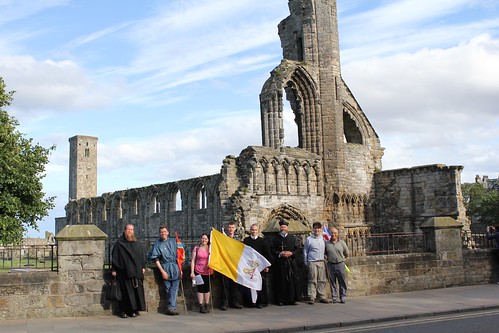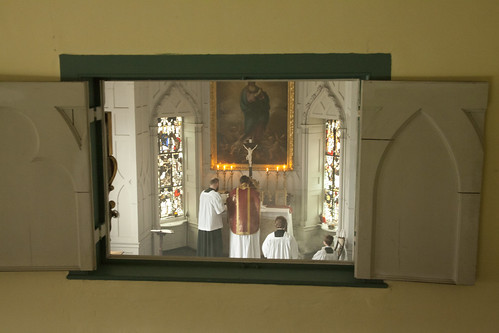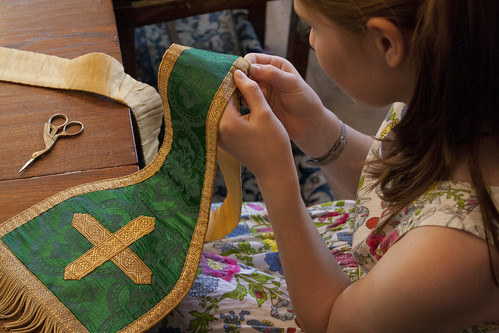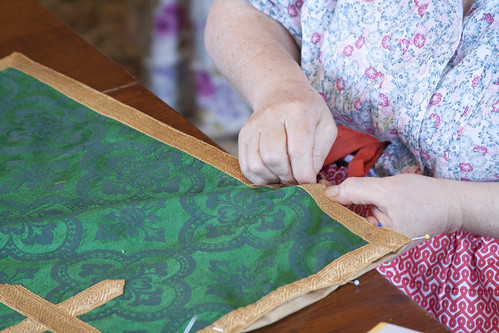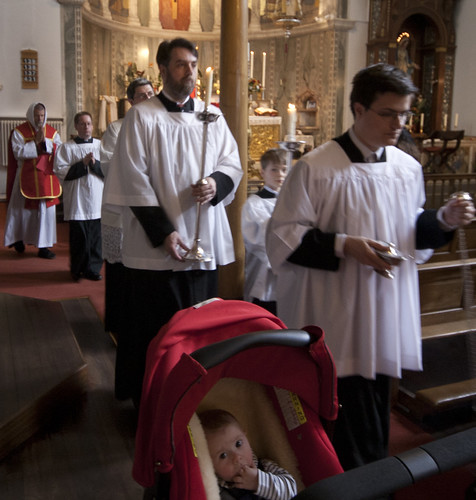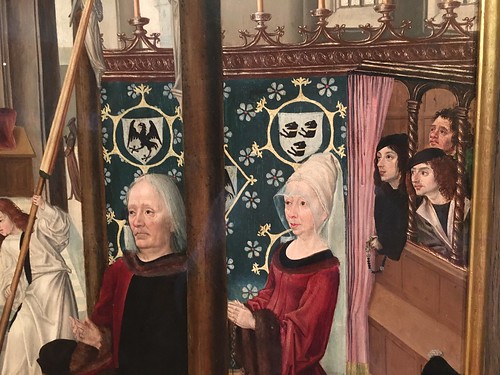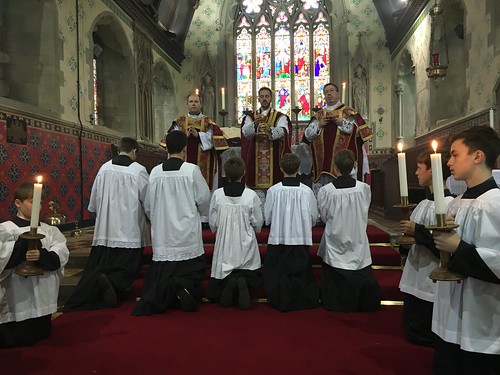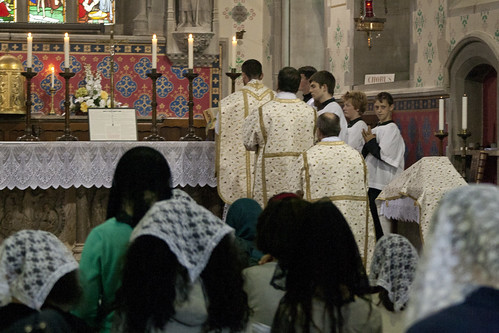 |
| St Columba, by Anthea Craigmyle |
As previously noted on this blog, I have organised a 'month's mind' Mass for Anthea Craigmyle. All are welcome. At the time of writing
I'm still looking for servers, email me via the LMS office if you can help on the day: info@lms.org.uk
Thursday 18th August, 11am: the Little Oratory, at the London Oratory (address: Brompton Rd, London SW7 2RP:
click for a map). The 'month's mind', Traditional High Mass accompanied by Oratory singers, who will sing
Anerio's Requiem. The 'Little Oratory' is not in the main church, but the other side of the small car park.
In addition to this, I can also now announce:
Wednesday 2nd November (All Souls Day), 5:30pm, Our Lady of the Assumption, Warwick Street, W1B 5LZ (
click for a map). Traditional Latin Vespers of the Dead, with polyphony (Viadana and Palestrina) provided by
Cantus Magnus. This will be offered for all the deceased members of the Craigmyle family.
This Vespers has been timed to fit in with the annual Craigmyle Memorial Lecture organised by the Catholic Union. This is an invitation-only event, within easy walking distance from Warwick Street, at 6:30pm.
These are public services, everyone is welcome to attend.
I would like to reiterate my thanks for the many Masses offered by our priest friends. We are truly blessed in your generosity.
Support the work of the LMS by becoming an '
Anniversary Supporter'.
